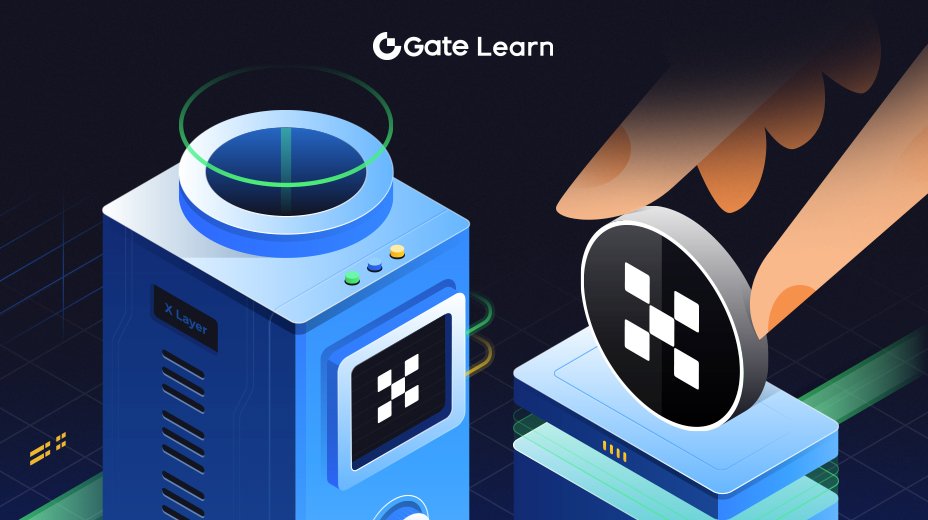Smart Contracts and DApps
This module introduces participants to the transformative world of smart contracts and decentralized applications (DApps), core innovations in the blockchain sphere that Polkadot readily supports. We'll explore the concept, utility, and development of smart contracts, followed by an in-depth look at DApps and their potential to disrupt numerous industries. The module also covers Substrate, a key framework in Polkadot's ecosystem, empowering developers to build custom blockchains. Through real-world examples and insights, participants will grasp how these digital agreements and applications are sculpting the future of decentralized technology.
Introduction to Smart Contracts
Smart contracts represent a transformative approach to executing and managing agreements, leveraging the blockchain’s decentralized and immutable nature to enforce contractual obligations without intermediaries. These self-executing contracts contain the terms of the agreement directly written into lines of code, existing across a distributed, decentralized blockchain network. Smart contracts automatically execute actions when predefined conditions are met, eliminating the need for an external enforcement mechanism, reducing the potential for fraud, and greatly speeding up the process traditionally handled by third parties.
The implications of smart contracts are vast, extending beyond simple transaction execution. They are poised to revolutionize various industries by providing transparency, security, and efficiency, from financial services and real estate to healthcare and legal affairs. By automating and decentralizing the contract execution process, smart contracts reduce costs associated with traditional contracts, such as fees for intermediaries, and minimize the time delays in contract execution. They offer a higher level of security than traditional contract law and reduce the incidence of censorship, fraud, and third-party interference.
In the context of blockchain technology, smart contracts are integral to the functionality and utility of decentralized applications (DApps). They serve as the backend logic that drives DApps, handling the execution of business logic that governs transactions and data management on the blockchain. With their capacity for facilitating automated, trustless transactions, smart contracts are a foundational technology for the decentralized web, opening new frontiers for innovation and system efficiency.
Building Decentralized Applications (DApps) on Polkadot
Decentralized applications (DApps) are a novel form of software application that operates on a blockchain or P2P network of computers rather than a single computer. Unlike traditional applications, they are not controlled by a single entity or organization and inherently resist censorship. Within the Polkadot ecosystem, DApps benefit from the network’s high scalability, enhanced security, and improved interoperability, offering developers a flexible environment conducive to innovation.
Building DApps on Polkadot allows developers to take advantage of its cross-chain communication, enabling interaction with external blockchains and other parachains. This interoperability is a game-changer for DApp developers, as it allows them to access a wider range of functionalities and services beyond the confines of a single blockchain. For instance, a DApp on Polkadot could seamlessly integrate smart contracts from Ethereum, data from another parachain, and digital assets from various blockchains.
Polkadot’s shared security model provides DApps with robust security without the need for individual applications to implement their own security measures. This pooled security ensures that DApps can operate in a secure and trustless environment, focusing on their functionalities without worrying about network attacks or vulnerabilities.
The Polkadot network also offers developers the tools and resources necessary for building DApps. The Substrate framework, for instance, simplifies the process of creating custom blockchains and DApps, providing developers with a range of pre-built components. This flexibility allows for the creation of more sophisticated and tailored DApps, meeting specific needs and optimizing user experience.
DApps in the Polkadot ecosystem can also leverage the network’s on-chain governance mechanisms. Developers and users can propose upgrades and changes to the DApps, which are then voted on by the community. This democratic approach to governance ensures that DApps evolve according to the needs and desires of their user base, rather than being dictated by a central authority.
Using Substrate for Custom Blockchain Development
Substrate is a modular framework that simplifies the process of creating custom blockchains, and it is integral to the Polkadot ecosystem. It provides developers with a set of tools and components to build their blockchains, eliminating many of the challenges associated with starting from scratch. Substrate’s flexibility and ease of use make it an ideal choice for blockchain development, allowing for a high degree of customization and control over various aspects of the blockchain’s functionality.
Developers can select from a range of pre-built components or create their own, tailoring their blockchain to their specific needs. This approach not only speeds up the development process but also allows for the creation of unique blockchains with features not found in existing platforms. Whether it’s implementing a novel consensus algorithm, creating a new token economy, or integrating specific governance protocols, Substrate’s modular architecture makes it possible.
Substrate also seamlessly integrates with Polkadot, allowing blockchains built with Substrate to connect to the Polkadot network easily. This integration means that Substrate-based blockchains can benefit from Polkadot’s shared security, interoperability, and governance mechanisms, enhancing their capabilities and security. For developers, this integration removes many of the barriers to entry associated with blockchain development, providing a supportive ecosystem in which their blockchains can thrive.
Substrate is designed with an emphasis on upgradeability. Blockchains built with Substrate can be upgraded without the need for hard forks, ensuring they can adapt and evolve as technology and user needs change. This focus on upgrade ability ensures the longevity of Substrate-based blockchains, as they can continually improve and innovate without the disruptive or contentious splits that hard forks often entail. This feature is particularly valuable in the fast-paced world of blockchain technology, where staying current with the latest developments is crucial for maintaining relevance and utility.
Highlights
- Smart contracts automate and enforce contract terms on the blockchain, providing a secure, transparent, and efficient way to manage agreements without intermediaries, integral for the functionality of decentralized applications (DApps).
- DApps in Polkadot benefit from its unique features like cross-chain communication, shared security, and on-chain governance, enabling a flexible, secure, and user-responsive development environment.
- Substrate, a key component in Polkadot’s ecosystem, simplifies the creation of custom blockchains, offering a modular framework that allows developers to innovate and tailor their projects to specific needs and functionalities.
- The integration of Substrate-built blockchains with Polkadot enhances their capabilities, security, and adaptability, ensuring a supportive ecosystem for continuous innovation and growth in the blockchain space.





